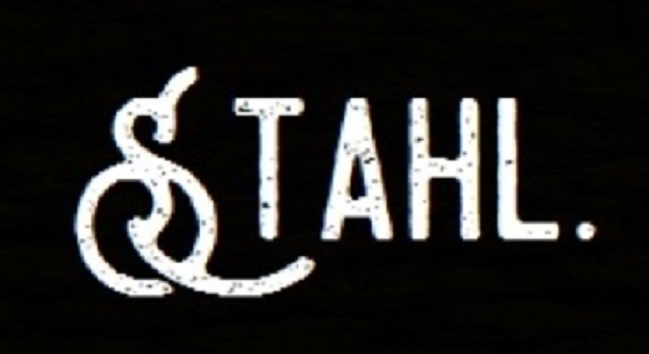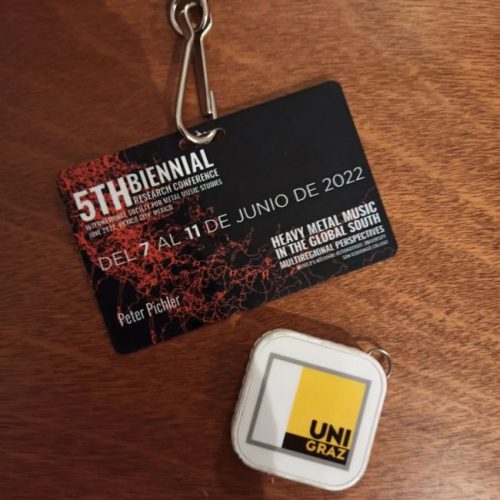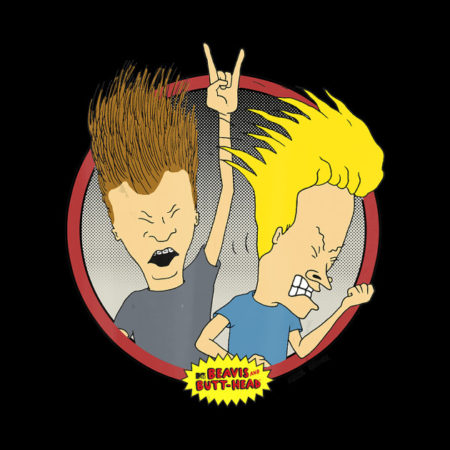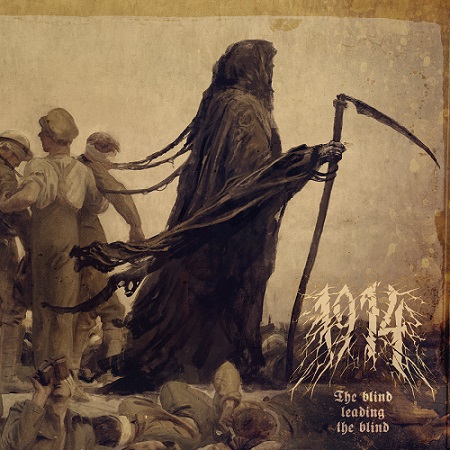Over a month ago now, I had the great pleasure of attending the fifth conference of the “International Society for Metal Music Studies” in Mexico City. This central event of Metal Studies usually takes place every two years, but in this case was held this year instead of last year due to the Corona pandemic. In this blogpost, I want to reflect on how this event – possibly – changed my own writing about metal, especially about the history of the Styrian metal scene, which I have been researching intensively for two and a half years now.
The conference in Mexico City, which was attended by about seventy of the leading researchers in Metal Studies, was dedicated to the topic of “Heavy Metal in the Global South: Multiregional Perspectives”. I gave a presentation on my research project on the Styrian metal scene. My central thesis was that the theoretical worlds of “Global South Studies” could potentially help to better explain cultural transfers between metal scenes across the “Iron Curtain” before 1989/90. My talk can be seen online here.
With the temporal distance of about a month that exists today for me to this conference, it becomes more and more clear to me that in a certain sense it has had an influence on my thinking and writing about metal. One could speak of a “Mexican experience” that has had an impact – possibly not only on me – on personal and individual Metal Studies discourse. How can this be and what kind of change is it? What is this “Mexican experience” supposed to be?
Basically, there are two points to be made in the reflection. The first is a sociological one of scholarship, the second a thematic one in the choice of the research object. On the first level of this conference as a collective academic experience of the participating researchers, it is hardly surprising that such a major event has an influence on the personal metal paradigm. At this conference, the latest findings in the field were presented and discussed, renegotiating the way scholarship writes and talks about metal. It is compellingly logical at this level that paradigmatic shifts manifested here individually and collectively.
The second point is then particularly interesting – and I think also particularly transformatively effective. In Mexico City, the “southern” perspective on metal and Metal Studies was in the foreground. For me, as a scholar from the “global north,” the themes and the values and notions of norms that were linked to the study of metal at this event made a crucial thematic aspect much clearer. It is always dangerous to speak of historical tendencies, as they invite stereotyping and essentialization of complex historical processes.
If one nevertheless attempts such a historiographical trend survey, it can be summed up as follows: in the “global north” metal has already become much more commodified, an expression of northern affluence saturation. Here, metal is only “dangerous” or profoundly socially transformative in exceptional cases. In the “south,” on the other hand – and this was the “Mexican experience” that for me still burned itself in much more strongly than before – metal and Metal Studies are still inextricably linked to the struggle for social equality, decolonization, and protest against injustice. Here metal is even more socially transformative.
For my own writing about metal, this Mexican experience is extremely enriching and important. For the remaining stages of my book on the Styrian metal scene since 1980, which I am currently working on, it follows that I should look in particular at those historical times and spaces where metal had a liberalizing and socially transformative effect in this sense. For example, in the confrontation with still existing catholic-conservative traditions in Graz in the early 1980s, when the scene was founded, or in the fight against right-wing extremist and neo-Nazi tendencies in the 1990s. The Mexican experience is a call to write about metal again more strongly also as scientific-cultural empowerment, enlightenment in the most original sense.




